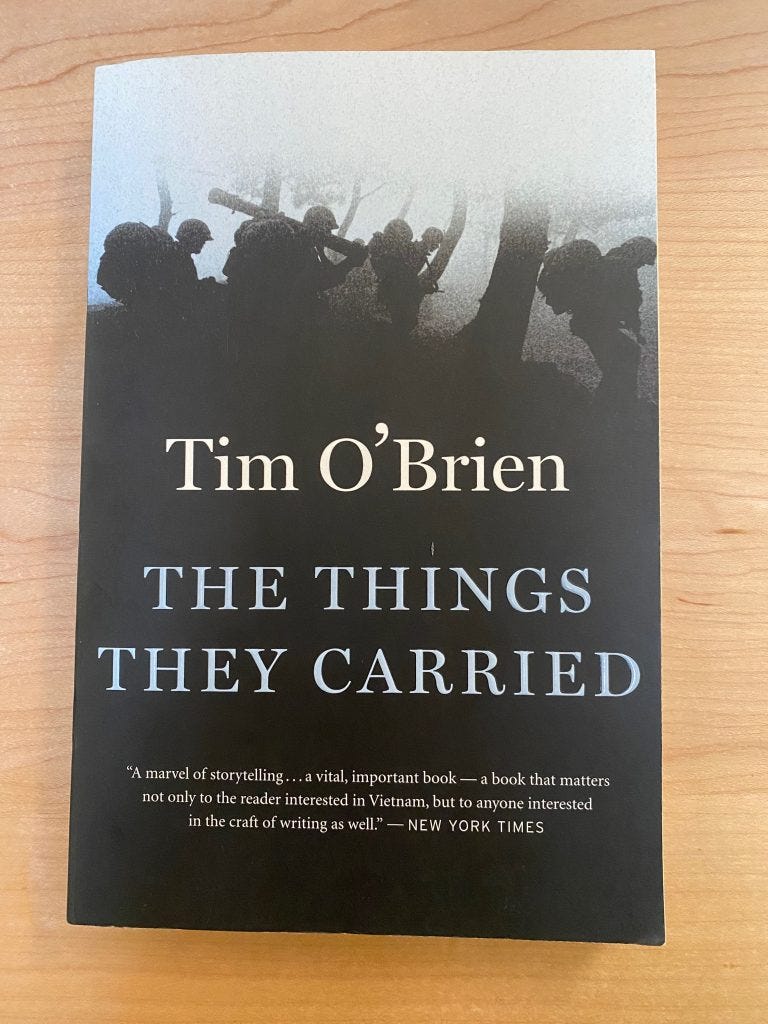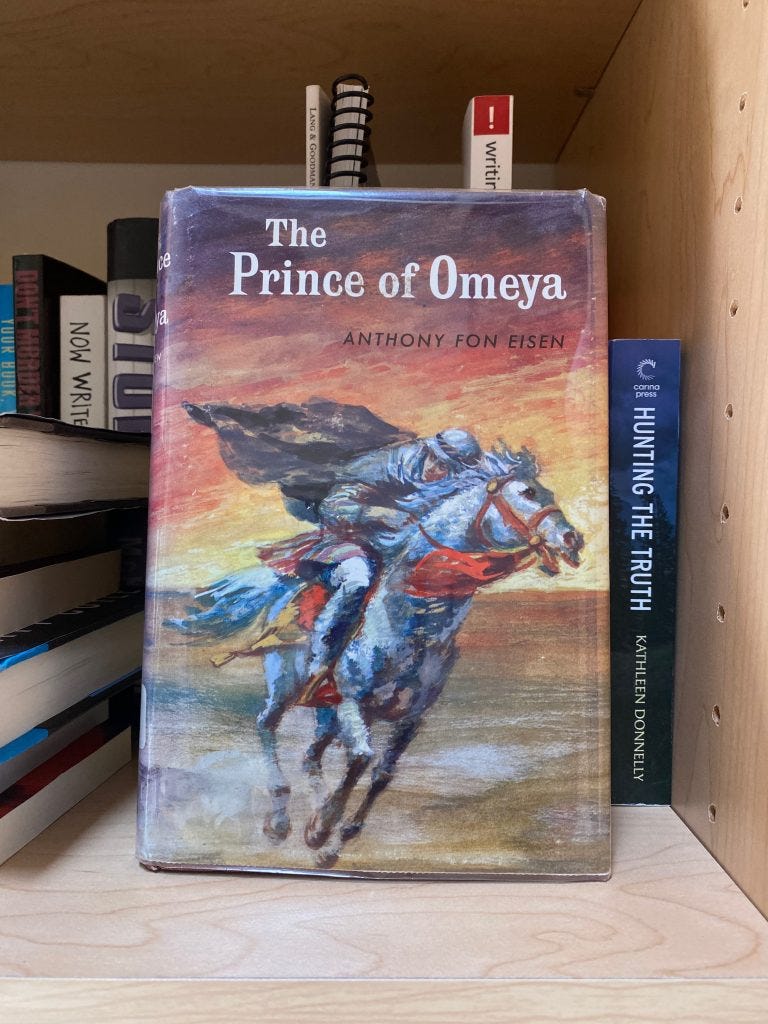Carl Vonderau says that “Objects Evoke Character”
Carl Vonderau is the author of thrillers Murderabilia, and his latest book, Saving Myles. You can find out more about him on his website, www.carlvonderau.com.
Molly Ramanujan taught the first writing class I was in many years ago at the University of Chicago extension program. She was a very accomplished writer and helped many of us discover talents we didn’t know we had. Molly died in 2015, but her excellent book of short stories, The Salt Doll, has been re-issued by Women Unlimited.
One of the first lessons Molly taught us was how objects could powerfully illustrate character and emotion. A wedding ring that used to belong to a protagonist’s mother could be something that a protagonist loves. The gun that the protagonist’s mother used to kill herself could be something that she hates. But the best object was one that the character both loved and hated, one that evoked both positive and negative emotions.
I try to follow that advice in my books. I try to find an object that a character both loves and hates. How is it a crucial part of his or her past?
Here are some examples of vibrant objects in fiction and in real life.
A piano. We’ve all loved Little Women. In it, Mr. Laurence is cold and distant in his mansion and Beth is a shy music lover. He brings her out of her shell by letting her borrow his piano. Then he gives it to her and we learn that the piano belonged to his adored and deceased granddaughter. The use of the piano beautifully illustrates both Beth and Mr. Laurence.
A car. I once knew someone in Chicago whose father had died. He kept his father’s car in a rented garage and periodically spent time by himself inside it. He told me that he could smell his father’s cigar smoke. I don’t need any further description to feel that bond.
Objects from 9-11. I watched a documentary on the things that were rescued from the ruins of the buildings. One story that touched me came from a woman whose birthday was on September 11. Her husband worked in one of the towers that collapsed and he was killed. Some time later, workers found his car and notified her. She watched as they opened the trunk. Inside were a wrapped gift, a birthday card, and a rose. Do you need any other description than this to evoke the emotion? I don’t think so.
Tim O’Brien. His book, Things they Carried, is a primer on how to use objects effectively in writing. Here is an excerpt.
“In the first week of April, before Lavender died, Lieutenant Jimmy Cross received a good luck charm from Martha. It was a simple pebble, an ounce at most. Smooth to the touch, it was a milky white color with flecks of orange and violet, oval-shaped, like a miniature egg. In the accompanying letter, Martha wrote that she had found the pebble on the Jersey shoreline, precisely where the land touched the water at high tide, where things came together but also separated. It was this separate-but-together quality, she wrote that had inspired her to pick up the pebble and to carry it in her breast pocket for several days, where it seemed weightless, and then to send it through the mail, by air, as a token of her truest feelings for him. Lieutenant Cross found this romantic. But he wondered what her truest feelings were exactly, and what she meant by separate-but together. … On the march, through the hot days of early April, he carried the pebble in his mouth, turning it with his tongue, tasting sea salt and moisture…”
The pebble evokes so much of their relationship. And the last sensual image of the soldier carrying it in his mouth elevates the object to another dimension, one that can’t quite be explained.
An object from my own life. When I was about twelve I was entranced with a young adult novel called The Prince of Omeya, by Anthony Fon Eisen. I don’t remember the adventures of the book, but I do remember the joy of reading it in bed when I was supposed to be sleeping. As I pored over its pages I kept one hand on the switch for the lamp on my side table. As soon as I heard my parents’ footsteps outside my door, I’d flick off the light and pull up the covers as if I were asleep. My parents pretended that I’d fooled them.
A few years ago I decided I wanted a copy of this book and got a used version. It sits on my bookshelf. I won’t read it because I don’t want to tarnish the feeling I had for it as a boy.
Carl Vonderau’s latest book is Saving Myles. You can buy it at Amazon through our website here.
Carl Vonderau is the author of the Left Award-winning Murderabilia and Saving Myles. You can find out more about him on his website, carlvonderau.com, or follow him on Instagram, and/or Facebook.







Carl, what a fabulous writing idea. Your examples were stunning. I like how objects with their backstories can enrich all elements of storytelling, including bringing a renewed or, perhaps, brand new value to the object itself. Thank you.
This is a powerful reminder of how objects retain memories. Thank you for sharing a valuable piece of advice with examples. I used to teach The Things They Carried (an emotional ride to be sure). Seeing the cover again brings back strong images and memories of meaningful discussions with my students.